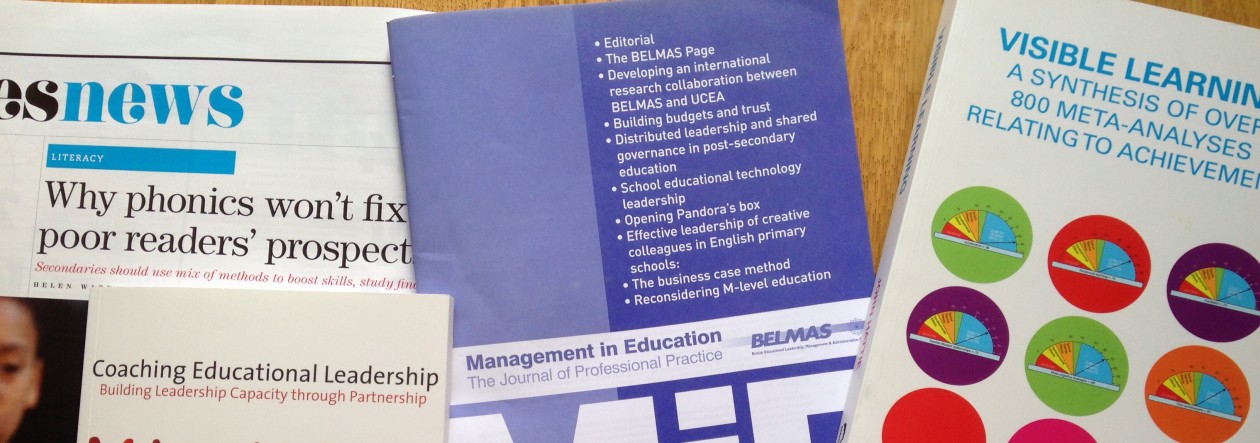Oxford University publish these findings about how effective this way of delivering Maths has been so far.
This is taken directly from the report:
The evaluation aimed to establish the effects of Inspire Maths using the ‘gold standard’ technique for demonstrating cause and effect: a (clustered) Randomised Controlled Trial. Twelve schools took part in the evaluation, comprising four single-form and eight two-form entry schools. This resulted in a sample of 20 Year 1 classrooms, consisting of 19 exclusively Year 1 classrooms and one classroom that mixed pupils in Years 1 and 2. These 20 classrooms included a total of 576 Year 1 pupils (aged 5-6 years).
You need to consider the rigour of the research for yourself.
Its headlines:
- A small but significant amount of extra progress; twice the size of the gap found between boys and girls at the start of the year
- Pupils’ attitudes towards mathematics remained largely positive throughout Year 1
- After one term, the teachers who had been using Inspire Maths since September showed further improvements in the effectiveness of their classroom practice
Benefits to teachers include: boosted enthusiasm and confidence
Benefits to pupils include: boosted engagement and confidence oalong with greater depth and security of understanding
Challenges for teachers include: Coverage of learning objectives , management of resources, time, pupils and materials, difficulty demonstrating evidence of pupil progress
Challenges for pupils include: sufficient reading skills to access content and frustration levels for “low ability” pupils
Some teachers found that pupils who struggled disengaged during lessons involving more complex topics
Difficulty working both independently and with partners
The full report is here along with interesting background and additional comments
You will notice that Inspire Maths is published by Oxford University Press
